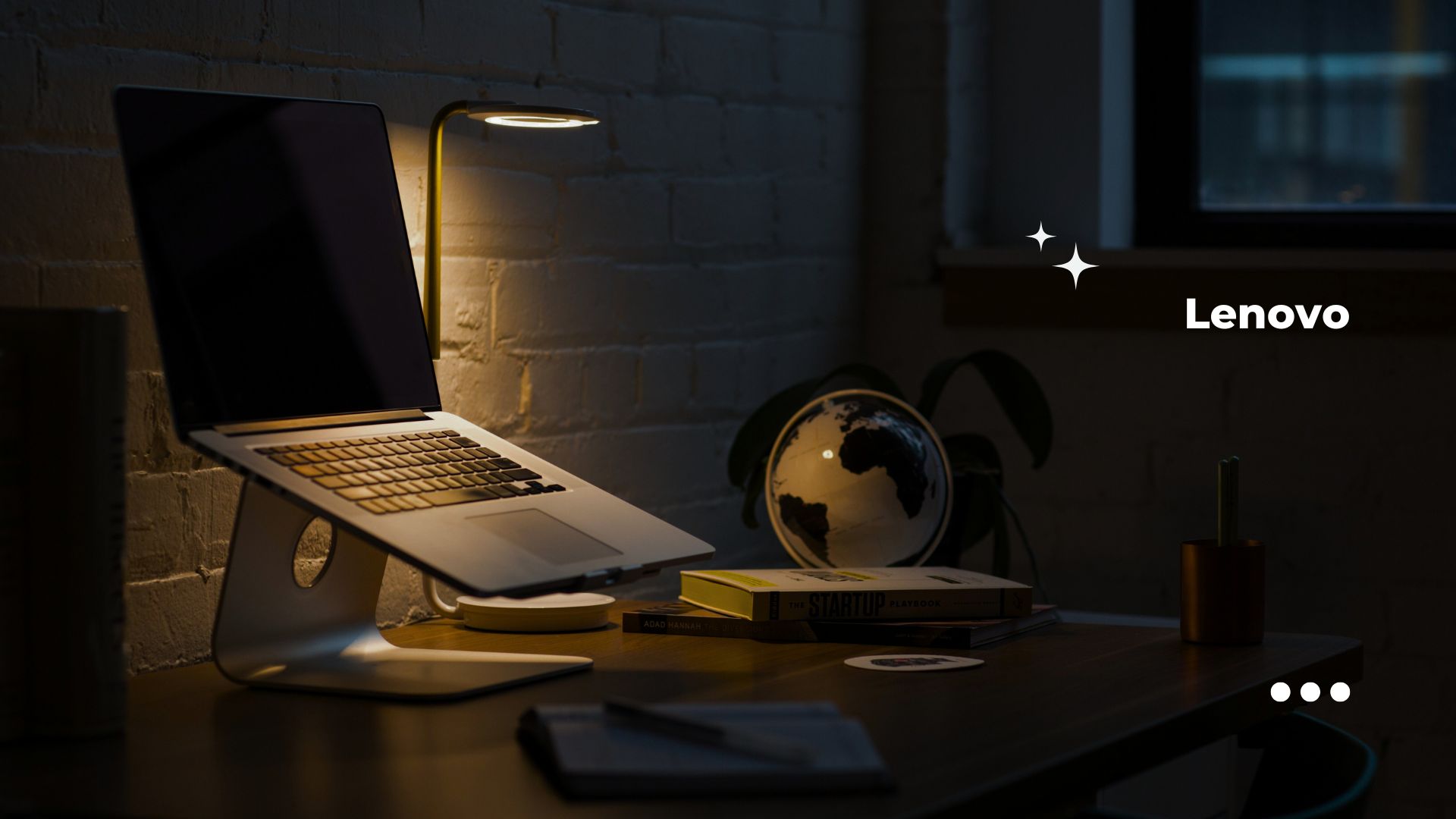Okay, so there’s this problem when buying a laptop. If you go budget, affordable laptops give you a good CPU, but then they compromise on the display, speakers, build, and all of that, and the laptops, which have everything good, are pretty expensive. So when Lenovo sent us their new IdeaPad Slim 5 to use, it was interesting because A, it has an i5 13th generation H series processor, just performance, with an OLED display, and B, it costs somewhere around 67,000 to 70,000 rupees. And from the looks of it, this could be the no-compromise laptop in this segment, or is it?
Well, to find that out, we have used this laptop for a few days now, and I would say there are three really fascinating things here. But before we get to those, if this is your first time buying a laptop, here’s what you get inside the box. You get the laptop, of course, some paperwork, a charging adapter, and a Type-C cable. When it comes to the laptop, it has a full metal body on the top and bottom. And I really like this silver color here; it makes it look pretty sleek and minimal. As you see here, it weighs in around 1.45 kg, so for a productivity laptop, this is good. You can carry it around easily in your bag without any problem. Plus, you get two Type-C ports here; both of these can charge the laptop, so that’s a good thing. Then you have an HDMI port and a headphone jack; on the other side, you have two USB 3 ports and a microSD card slot. So, basically, it has almost all the ports that we need.

As a creator, I would have loved if there was normal SD card storage instead of microSD, but hey, most of the laptops don’t have that. Alright, so the first cool thing about this laptop is actually watching movies on it. So this is a 14-inch display, and it has a resolution of 1920 by 1200. Now, generally, other laptops in this segment have a 16 by 9 aspect ratio, but this display right here has a 16 by 10 aspect ratio. So if I do a split screen here, both tabs get more vertical space, which is good for productivity. Also because of the slightly higher resolution text, all look pretty sharp and crisp, but the key highlight of this display is this OLED panel. Now I’ve been using other OLED panels, like the Asus laptop that we bought. Out of the box, the display was oversaturated, so I had to manually tweak this setting. But in this, I didn’t face any issues, like, if I play this YouTube video, the color, sharpness, and all are pretty nice. Also, I was seeing Batman vs. Superman or Superman vs. Batman, like Zack Snyder uses a lot of dark scenes in the movies, and those were really damn good on this. Plus, this is an HDR display, so any scenes with explosions and all look pretty fantastic.
And the cherry on top is this: yeah, the sound quality is above average here, which is unexpected because most Windows laptops, even the expensive ones, have very below-average speakers. Now the big reason for good sound here is the position of the speakers. See, they are placed here on top, so there is no obstruction here. So for watching videos and movies, the laptop is spot-on. But just having a good display isn’t enough because you won’t always be watching movies. What about when you want to get some work done? That is very interesting here. For those of you who don’t know, Intel has three versions of the same processor, the Intel Multiverse. There is U, then we have P, and finally H. Now, if you want to know more, we have a video on laptop buying guides; you can check that out. It’s a very good video. But in short, Edge is the most powerful variant; you get a total of 8 cores; there are 4 efficiency cores; those are used for doing light work, like typing and reading, and all of that draws less power and saves battery life. And then there are 4 performance cores; these are for heavier workloads, like when you are doing photo or video editing, playing games, and all of that heavy stuff. Now, we did a few benchmarks. Here’s Cinebench, and it scored about 9400 in multi-core and about 1600 in single-core.
We were checking CPU power during this test, and it was around 34 to 37 watts, which is slightly on the lower side for a H series CPU, so there is this extreme performance mode option in Lenovo Vantage, and once you enable that, and then we ran Cinebench again, now we see it’s going to 44, 45, and 46 watts, so it is using the maximum power that it can. That being said, in Cinebench, the results were pretty much the same, so if you’re doing a heavier task like video editing, it is better to do it in extreme performance mode. Plus, this also comes with 16GB of LPDDR5 RAM and 1TB of NVMe SSD storage. Now we ran the Crystal Mark disc test; here also, I would say the scores are as they should be. Why does this crystal mark have an anime scale? Like Saiya, who is obsessed with anime, we are seriously benchmarking apps with anime scale. Now, benchmark aside, we have been using this laptop to make our thumbnails, which you can see here. even I have a lot of layers open, and in text, color grade, and all of that, there is no lag, or as such, it’s pretty much smooth. Yes, if you push it, like having multiple Chrome tabs open, and then you do photo editing, it will start to slow down, but again, this is not a gaming laptop, so you don’t have to worry about that. Overall, I think the Lenovo IdeaPad Slim 5 is a really good laptop for those who want a no-compromise laptop in this segment. It has a great display, good performance, and a sleek design.



